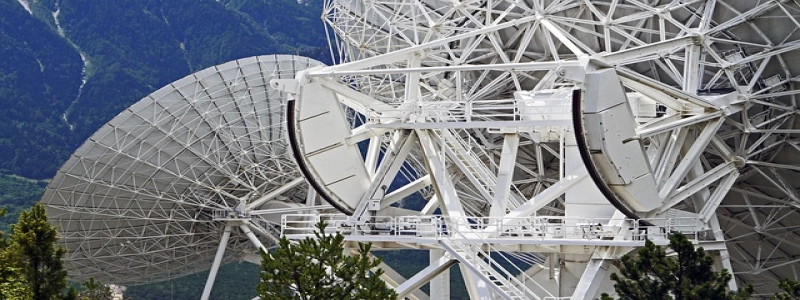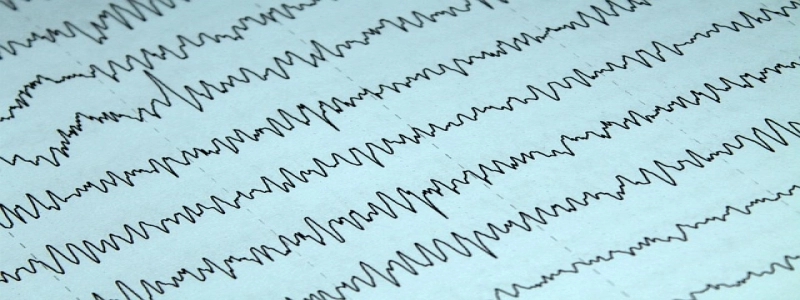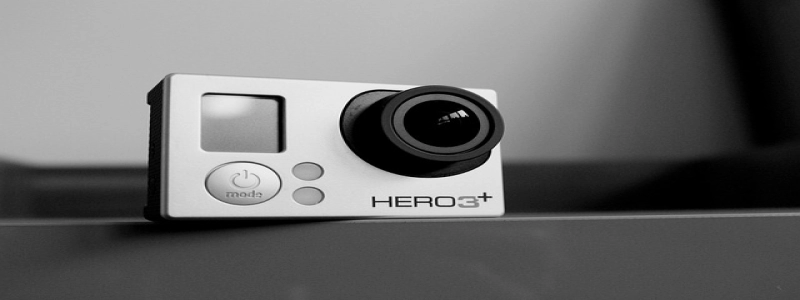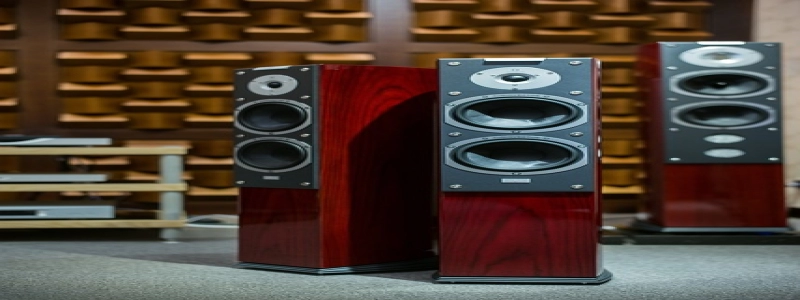NB-IoT Data Rate
Introduction:
NB-IoT stands for Narrowband Internet of Things, which is a low-power wide-area network (LPWAN) technology designed for connecting a large number of devices and sensors to the internet. One of the key factors in NB-IoT technology is the data rate, which determines the speed at which devices can transmit and receive data. In this article, we will explore the various aspects of NB-IoT data rate and its implications.
I. What is NB-IoT Data Rate?
NB-IoT data rate refers to the speed at which data can be transmitted and received over the NB-IoT network. It is measured in kilobits per second (Kbps) or megabits per second (Mbps). The data rate in NB-IoT is relatively low compared to other cellular technologies such as 4G or 5G, as it is specifically optimized for low-power and low-bandwidth applications.
II. Factors affecting NB-IoT Data Rate:
Several factors can impact the data rate in NB-IoT networks. These factors include:
1. Bandwidth: NB-IoT operates in a narrowband spectrum, which means it has a limited bandwidth available for data transmission. This limited bandwidth affects the data rate and reduces the overall speed of data transfer.
2. Channel conditions: The quality of the radio channel also affects the data rate in NB-IoT. Poor channel conditions, such as high interference or weak signal strength, can result in lower data rates. Conversely, better channel conditions can lead to higher data rates.
3. Transmission power: NB-IoT devices typically operate on low transmission power to conserve energy. However, lower transmission power can result in reduced data rates due to weaker signals and the possibility of more errors during data transmission.
III. Different NB-IoT Data Rate Categories:
NB-IoT supports different data rate categories, each offering varying data speeds and capabilities. These categories include:
1. Category M1 (Cat-M1): Cat-M1 offers a higher data rate compared to other NB-IoT categories, with a peak downlink data rate of around 375 Kbps. It is suitable for applications that require moderate data transfer speeds, such as asset tracking or smart metering.
2. Category NB1 (Cat-NB1): Cat-NB1 is the most commonly used NB-IoT category and offers a lower data rate compared to Cat-M1. Its peak downlink data rate is around 66 Kbps, making it ideal for applications that require low data transfer speeds and long battery life, such as smart agriculture or environmental monitoring.
IV. Applications and Implications:
The data rate in NB-IoT has implications for various applications and industries. Some key areas where NB-IoT data rate plays a crucial role are:
1. Smart Cities: NB-IoT enables the deployment of smart city solutions such as smart lighting or waste management systems. The low data rate is sufficient for transmitting sensor data or control signals, facilitating efficient management of resources.
2. Industrial IoT: In industrial environments, NB-IoT data rate is adequate for monitoring and controlling machines or collecting data from sensors. It enables efficient remote monitoring and preventive maintenance.
3. Agriculture: NB-IoT data rate is well-suited for applications in agriculture, such as soil moisture monitoring or crop health monitoring. The low data rate allows for cost-effective implementation of large-scale deployments.
Conclusion:
NB-IoT data rate is a critical aspect of the technology, as it determines the efficiency and effectiveness of various Internet of Things applications. While the data rate in NB-IoT may be lower compared to other cellular technologies, it is specifically optimized for low-power and low-bandwidth use cases. Understanding the factors influencing data rate and the different NB-IoT categories is crucial in designing and implementing successful NB-IoT solutions.








